As we face the new year, it’s always useful to take some time to look back and evaluate, so that you can look forward and plan. The ever-changing nature of the labour market means that job seekers have to constantly ensure that they are tackling the job search process in the most up-to-date and effective way.
So, how has job search changed in recent years, and where is it headed in 2015?
The labour market is changing.
Job growth has been reported and is expected to continue in Canada in 2015, with 11 percent of companies reporting plans to hire in the new year, according to a Manpower Group Canada report.
The Manpower report found anticipated job growth in all 10 sectors of the economy, in the following order of strength:
- Finance, Insurance and Real Estate
- Manufacturing − Durables (defined by StatsCan as products made of Wood and Metal, as well as Machinery, Computers and Electronics, Electrical Equipment, Appliances and Components, Transportation Equipment and related)
- Public Administration
- Construction
- Transportation and Public Utilities
Weaker hiring projections were reported by employers in the following sectors:
- Services
- Wholesale and Retail
- Education
- Manufacturing − Non-durables (products such as Food, Textiles and Clothing, Paper and Printing, Petroleum and Coal, Chemicals and Plastics and Rubber)
- Mining
So, if you are thinking of a career change or considering new targets for your job search, consider focusing on the areas where growth is anticipated. Remember that these sectors hire a range of professionals, including Customer Service, Administrators, Project Managers, Finance and Sales, as well as experts in each of those sectors.
Job search is more competitive.
As optimism about the job market grows, more job seekers will return to looking for work. This means greater competition. In order to be noticed and have an opportunity to be considered for employment, job seekers need to be conducting the most effective job search possible.
Be prepared for digitization of hiring. One trend in hiring is employers’ increased reliance on Electronic Tracking Systems (ATS), which processes all applications through a computerized, standardized process, favouring certain keywords.
Mobile recruiting is becoming more popular — recruiters, employers and job boards are increasingly using mobile apps. Indeed Canada is a good example; even the Government of Canada’s Job Bank has developed a mobile app for job seekers.
But, as recruiting becomes less personal, concerns have been expressed that good candidates (up to 75 percent, reportedly) are being missed by employers. Ironically, to overcome this, it may be worth resorting to old-fashioned job search methods, such as setting out to meet employers in person, rather than relying on the passive online job search used by most other job seekers. Furthermore, you would do better targeting your job search — identify your top ten list of employers and go after them directly.
Social media continues to grow.
Employers are continually working on improving their social media strategies both for marketing and recruiting, using tools such as LinkedIn and other social media presence (Facebook, Twitter, blogs, YouTube). With the increased hiring anticipated in the market, we can assume that this trend will continue, as it has consistently in previous years. Jobvite, in its annual Social Recruiting Survey, found that 73 percent of recruiters intend to engage in social recruiting. Interestingly, they found that despite the fact that most (83%) job seekers turn to Facebook , LinkedIn remains recruiters’ top tool, with 94% using it for recruiting.
Employers also reported to Jobvite that they are scouring through candidates social media profiles, looking for information about candidates’ professional experience, length of professional tenure, industry-related posts, mutual connections, specific hard skills, cultural fit, as well as examples of written/design work.
What does this mean for job seekers?
- Review your social media presence — look at all your online profiles as they would be perceived through the eyes of an employer
- Make sure that your LinkedIn profile includes all the relevant experience you need, as well as showcasing your connections in the field, your hard skills and samples of your work
- Review other profiles such as Facebook (66% of employers will check your profile). Make sure that it presents you well — as a thoughtful and interesting potential employee. Consider sharing posts publicly that showcase your professional and community interests and involvement.
2015 is promising to be an exciting year for job seekers. Make sure to face it with a clear plan, confidence and renewed energy.
We wish all our readers a happy and successful new year, and thank you for your support.


Leave a Reply